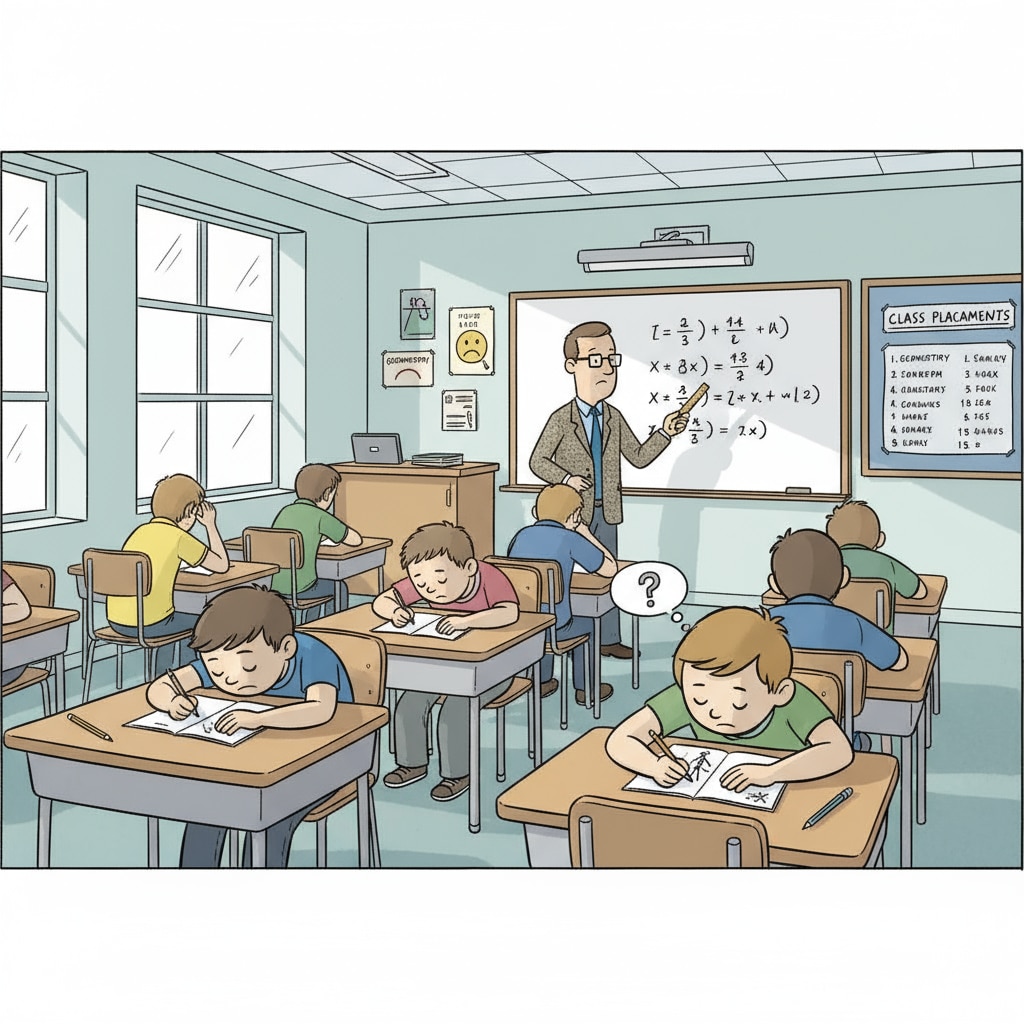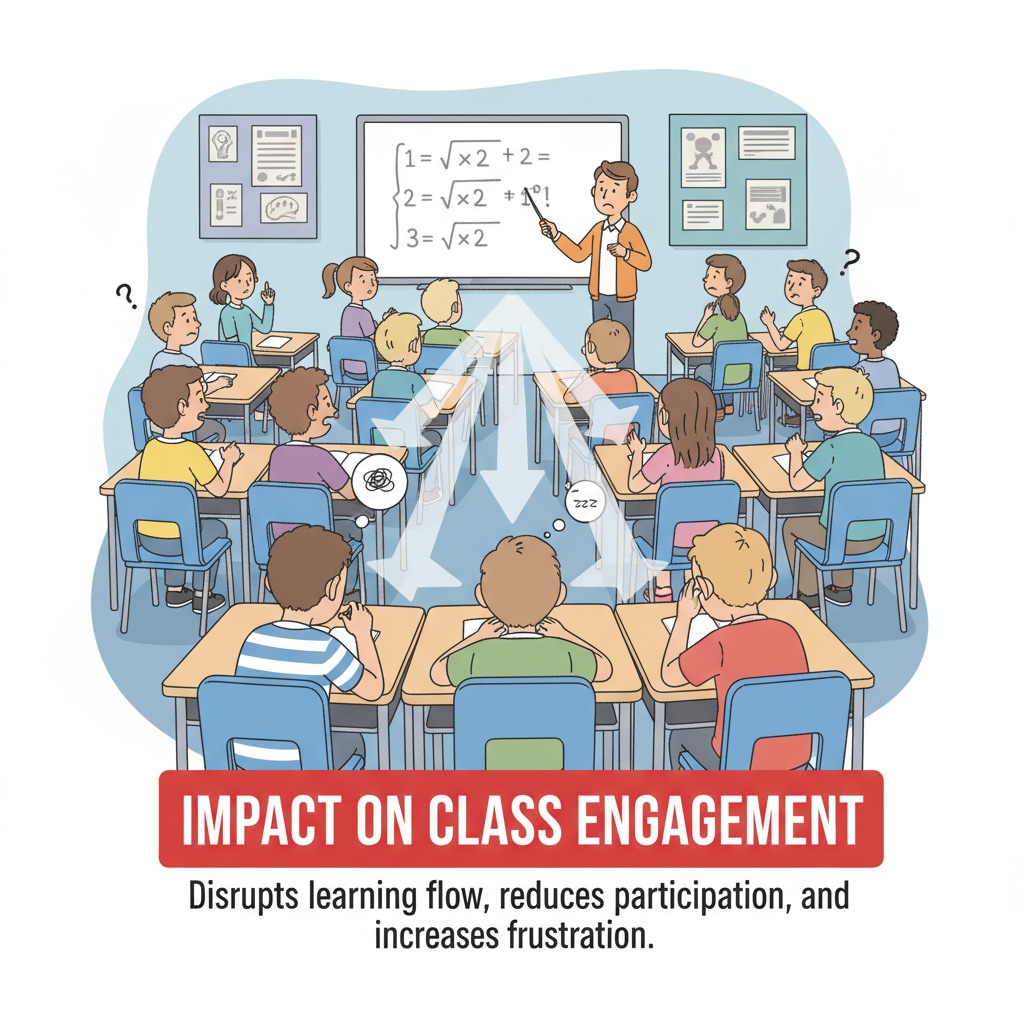Educational quality, class placement, and student engagement are fundamental aspects of a successful education system. However, in today’s educational landscape, there is a concerning trend where regular and special education classes are being misused as mere安置点 for students labeled as “problem students.” This has far-reaching consequences that undermine the very essence of education.

The Erosion of Educational Resources
When classes become dumping grounds for problem students, educational resources are severely strained. Teachers are often overwhelmed with the task of managing disruptive behavior rather than focusing on effective instruction. For example, in a regular classroom, a significant portion of time is spent dealing with students who refuse to participate or cause disturbances. This leaves less time and energy for teachers to design engaging lessons and provide individualized attention to students who are eager to learn. According to Education Week, such disruptions can lead to a loss of valuable instructional time, which is crucial for maintaining educational quality.
The Impact on Student Engagement
Problematic student placement also has a detrimental effect on student engagement. Students who truly want to learn may become disengaged when they are constantly exposed to a chaotic learning environment. In a special education class that has become a catch-all for various issues, students with legitimate special needs may not receive the focused support they require. This lack of appropriate support can lead to a decrease in their motivation to learn. As the National Education Association points out, student engagement is key to academic success, and the current class placement situation is hindering this.

Moreover, the stigma associated with being labeled a “problem student” and placed in these classes can further damage a student’s self-esteem and motivation. This vicious cycle ultimately affects their long-term educational outcomes and future prospects.
Readability guidance: The key issues here are the misuse of classes as安置点, the erosion of educational resources, and the negative impact on student engagement. By understanding these problems, we can begin to work towards solutions that restore the proper function of classrooms and promote a positive learning environment.


